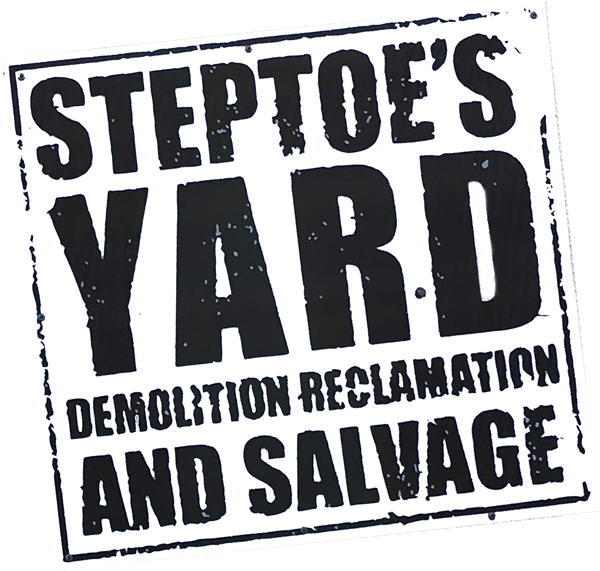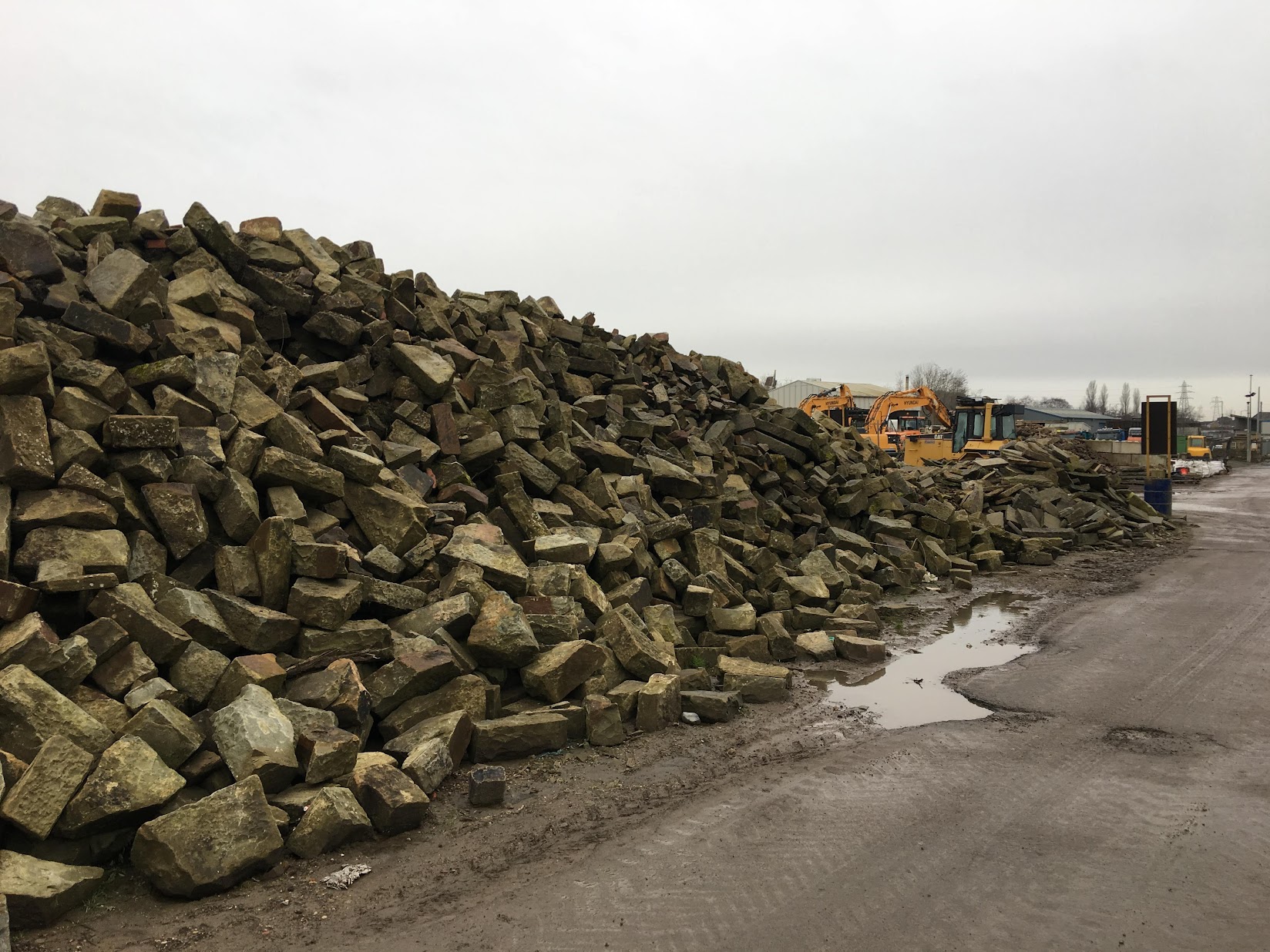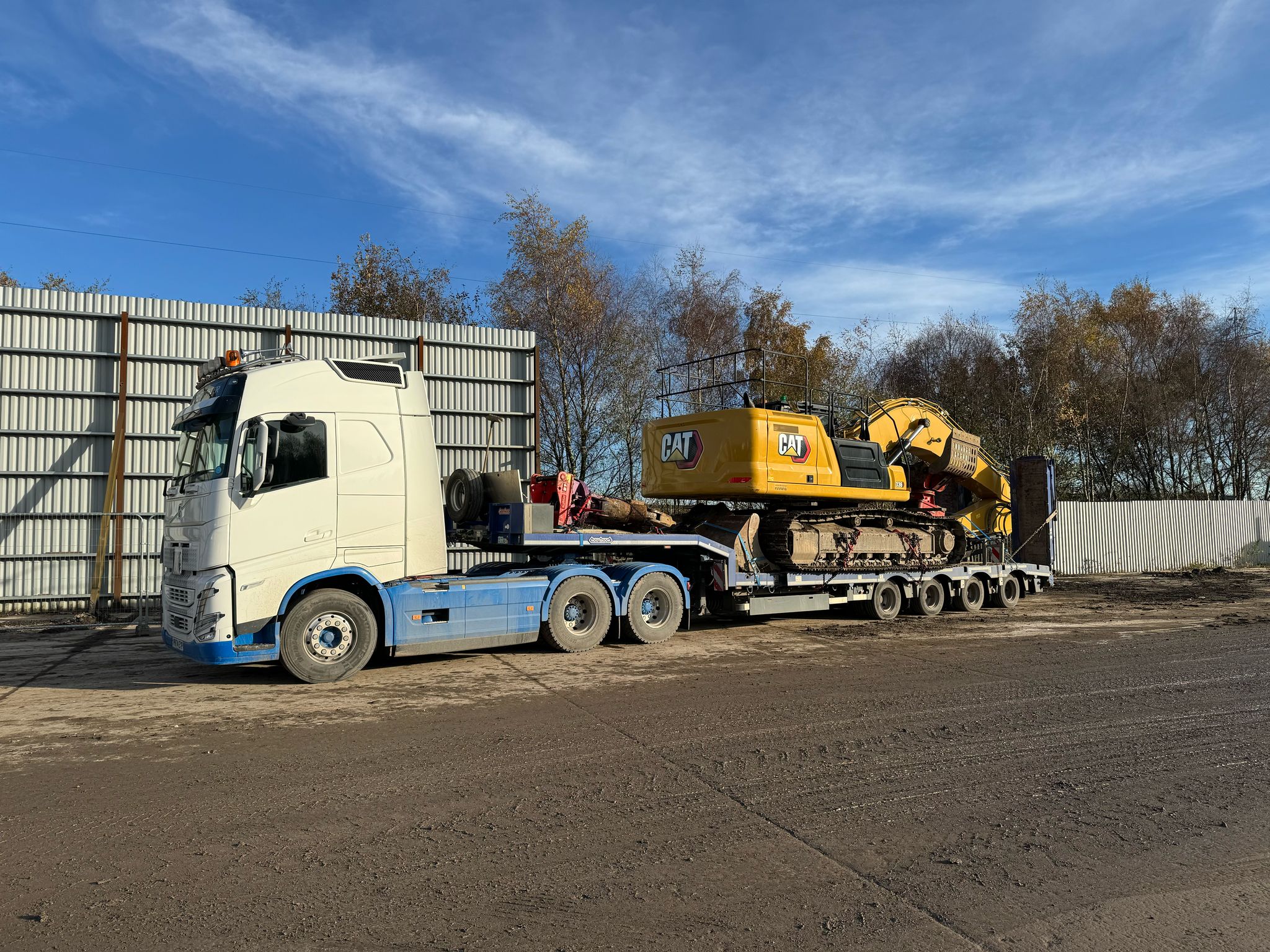A number of Burnley Mills were recently facing an uncertain future, but now the future is much brighter.
Burnley is a town steeped in history, a town that became one of Lancashire’s most prominent mill towns during the Industrial Revolution, and at it’s peak grew to be one of the world’s largest producers of cotton, as well as being a major centre of engineering. Trafalgar street and the adjoining Sandygate in particular were lined with mills and their towering chimneys filled the towns skyline bellowing out plumes of smoke and steam, but, over the years as the industry declined the area was left with lots of decaying mills and buildings that were once bustling, some were put to use again producing similar products to the original occupants employing lots of local people and some as factories using them in a completely different, more modern way until more recently when they were simply left to rot.
 Clocktower mill on Sandygate is a perfect example, the Burnley mill was home to a major cotton waste processing operation, 6 storeys high in places with a weaving shed and several large chimneys. The mill was built by George Slater around 1840 and was more or less destroyed soon after it was built by a large fire, but Slater rebuilt it and opened again in the 1860s this time with addition of the famous clock tower which was the towns first time piece.
Clocktower mill on Sandygate is a perfect example, the Burnley mill was home to a major cotton waste processing operation, 6 storeys high in places with a weaving shed and several large chimneys. The mill was built by George Slater around 1840 and was more or less destroyed soon after it was built by a large fire, but Slater rebuilt it and opened again in the 1860s this time with addition of the famous clock tower which was the towns first time piece.
Mr Slater was born in 1807 and in total he built 3 mills in Sandygate employing over 300 people at a time when Burnley was the cotton weaving capital of the world, often described as a likeable man who would ‘let none go to the workhouse who had done him good service’ he had a ruthless streak, he added the clock tower as people in the area didn’t have clocks back then and he wanted workers on time, he would usually arrive around 5:50am for a 6am start and if a worker arrived 5 minutes late he had often hired a replacement before they could start the shift.
The mill had been in operation again one way or another until 1987 when another massive blaze completely gutted it, over 25 fire engines from across Lancashire tackled the ‘devastating’ blaze that night and the mill then stood empty and in a severely damaged condition for around 17 years before it was finally demolished in 2004, the area is now used as part of Burnley trail where local schools and communities come to learn about the era of Burnley’s booming cotton trade.
Over recent years mills and buildings in the area have been purchased by numerous developers looking to turn them into leisure, housing and shopping facilities. In 2004 Hurstwood Group of Rossendale paid a large sum of money for the famous Weavers Triangle area but soon after the company went bust and these mills, after again standing un-used for a number of years, had started to become real eyesore and to the authorites must have felt like a burden on the shoulders of a town trying to smarten its image, a town that desperately needed space for affordable housing but, as most of them, if not all of them are listed buildings and as the area is considered to be one of the most important surviving examples of Victorian industrial architecture in the country the council wanted to take a different approach, this historic area of the town needed to be kept alive in some way and so they decided to try and bring something different to the town, the results can only be described as spectacular as the mills have now been saved and are currently in the process of being transformed into a brand new state of the art university.
 The beautiful buildings are now being restored and developed by Barnfield Construction in a joint venture with Burnley Council and the university will be operated by Visions Learning Trust.
The beautiful buildings are now being restored and developed by Barnfield Construction in a joint venture with Burnley Council and the university will be operated by Visions Learning Trust.
All in all the project is valued at in excess of £10m+, the university is due to open this month and will provide education for 14 to 19 year old students using a brand new format that puts employers at its core and at a recent open day local employers such as Graham Engineering, Fort Vale and Barnfields were showcasing themselves to prospective learners.






